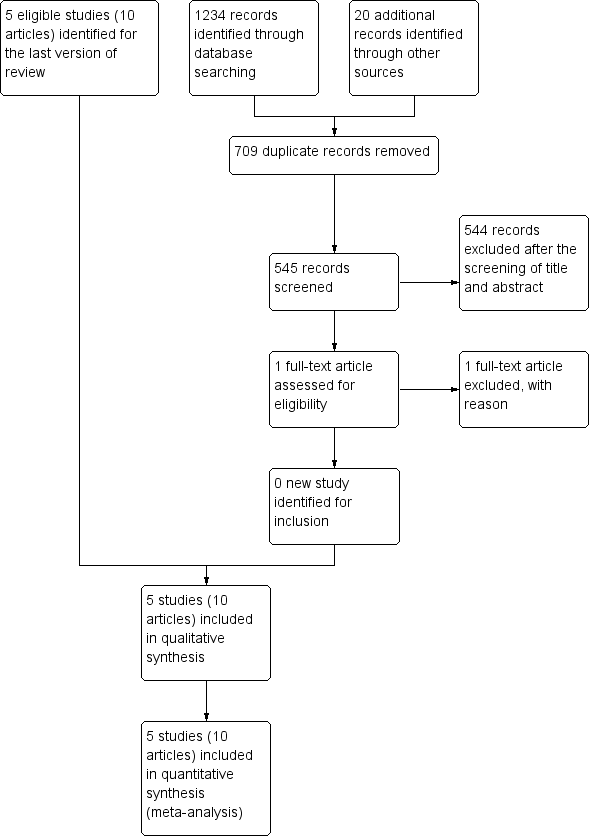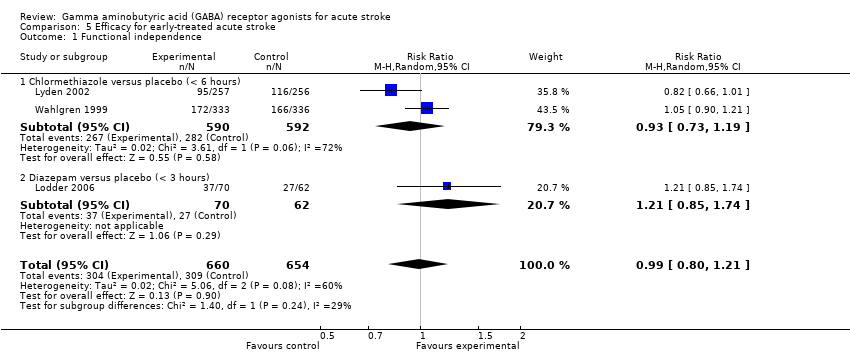Contenido relacionado
Revisiones y protocolos relacionados
Jia Liua, Jing Zhanga, Lu‐Ning Wang | 30 octubre 2018
Lars E Van der Loo, René Aquarius, Onno Teernstra, Catharina JM Klijn, Tomas Menovsky, J Marc C van Dijk, Ronald Bartels, Hieronymus Damianus Boogaarts | 25 noviembre 2020
Stefano Ricci, Maria Grazia Celani, Teresa Anna Cantisani, Enrico Righetti | 12 septiembre 2012
Zilong Hao, Ming Liu, Carl Counsell, Joanna M Wardlaw, Sen Lin, Xiaoling Zhao | 14 marzo 2012
Joanna M Wardlaw, Veronica Murray, Eivind Berge, Gregory J del Zoppo | 29 julio 2014
Alessandro Squizzato, Erica Romualdi, Francesco Dentali, Walter Ageno | 10 agosto 2011
Philip MW Bath, Kailash Krishnan, Jason P Appleton | 21 abril 2017
Jing Zhanga, Jia Liua, Dan Li, Canfei Zhang, Ming Liu | 13 febrero 2019
The Tirilazad International Steering Committee | 23 octubre 2001
Alfonso Ciccone, Cristina Motto, Iosief Abraha, Francesco Cozzolino, Ignazio Santilli | 8 marzo 2014
Respuestas clínicas Cochrane
Terry J. Quinn | 8 noviembre 2018














